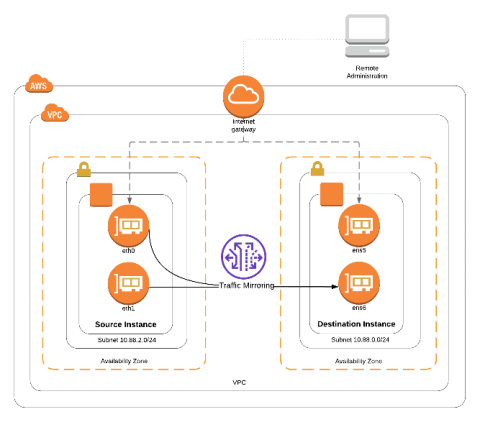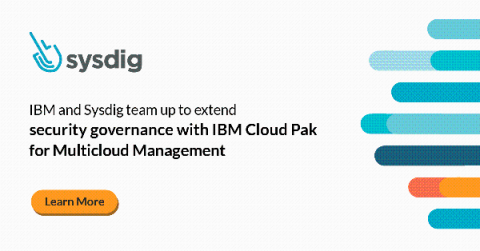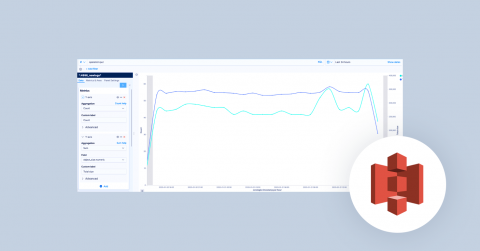Security | Threat Detection | Cyberattacks | DevSecOps | Compliance
Cloud
What is the Consensus Assessments Initiative Questionnaire (CAIQ)?
The Consensus Assessments Initiative Questionnaire (CAIQ) is a security assessment provided by the Cloud Security Alliance (CSA) for cloud consumers and auditors to assess information security capabilities of cloud providers.
NSA Releases Cloud Vulnerability Guidance
The United States’ National Security Agency (NSA) has put together a short guidance document on mitigating vulnerabilities for cloud computing. At only eight pages, it is an accessible primer for cloud security and a great place to start before taking on something like the comprehensive NIST 800-53 security controls.
Recently found Azure vulnerabilities underline the importance of Zero-Trust for cloud workloads
Check Point researchers recently published two vulnerabilities they’d found in Microsoft’s Azure cloud services. These flaws highlight a wave of potential attacks on cloud infrastructure and the exposure of workloads running in multi-tenant cloud environments.
IBM and Sysdig team up to extend security governance with IBM Cloud Pak for Multicloud Management
Sysdig, an industry leader for monitoring and security of cloud-native workloads, and IBM have joined forces to bring a fully Integrated powerful platform that delivers the security and performance that enterprises need in today’s multi-cloud world. Sysdig Secure and the IBM Cloud Pak for Multicloud Management (MCM) can help you accelerate Kubernetes and cloud adoption by addressing security and regulatory compliance from the start on enterprise hybrid cloud environments.
Black Duck SCA & Coverity Static Analysis (SAST) Integrations with Amazon AWS CI Tools | Synopsys
10 Alerts and Visualizations for S3 Server Access Logs to take control of AWS infrastructure
AWS S3 Server Access logs provide detailed records for requests made to S3 buckets. They’re useful for many applications. For example, access log information can be useful in security and access audits. It can also help generate customer insights and better understand your Amazon S3 bill. Coralogix makes it easy to integrate with your S3 server access logs via a Lambda function.
2019 in Review: From Product-Market Fit to Series A to Company Scale
2019 has been a year of metamorphosis for Gravitational. We started over four years ago as a group of infrastructure engineers who were frustrated with the complexity of cloud application delivery. We wanted cloud apps to be as easy to distribute as desktop software is. It was a big year for our team.
Key Cloud Security Challenges and Strategies to Overcome Them
The cloud has changed how we use and consume IT services. Where data resides along with how it is transferred, stored and processed has fundamentally changed and with-it new risk management challenges. Let’s talk about some of those challenges. First and foremost, the cat is out of the bag. We’re not going back to the data center, and any resistance to that is going to be seen as a business inhibitor and will therefore not get much airtime.
Cloud Migration: Moving Your Security Mindset Along with Your Data
Migrating our data to the cloud to digitally transform and streamline your IT environment is easier than ever. Cloud security is in a place where it is stronger than on-premise security and The Big Three – AWS, Microsoft, and Google – have more access to resources and personnel than you can ever dream of. For infrastructure security, they’re the best. So why are so many companies still concerned with moving their data to the cloud?









